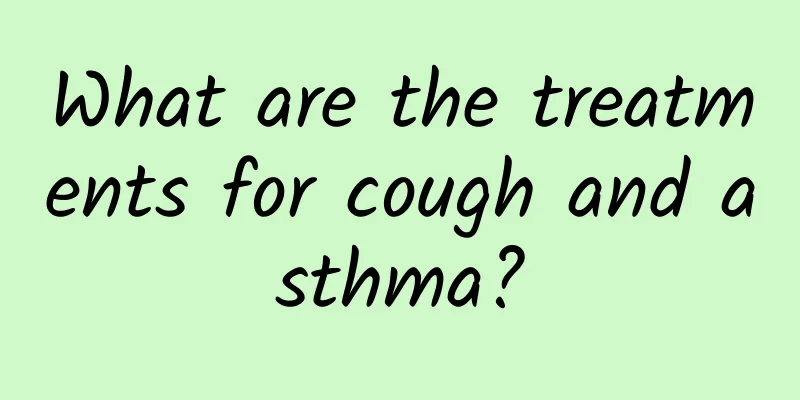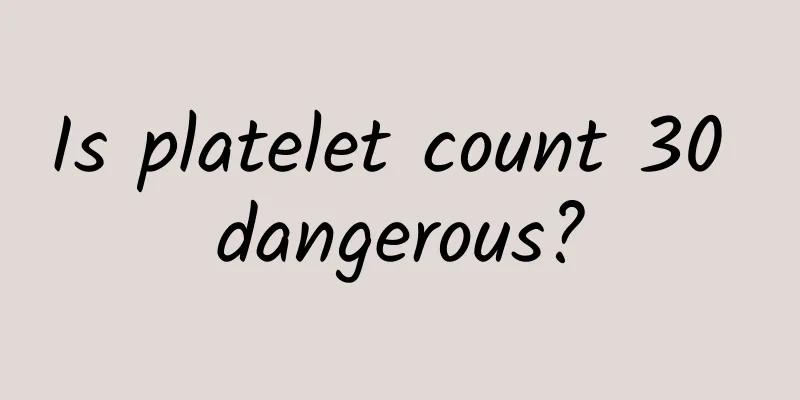Difference Between Lethargy and Sleepiness

|
People often encounter problems with drowsiness and sleepiness. In fact, drowsiness means that the patient still has a shallow consciousness and has entered a deep sleep stage. He may be affected by some external sounds, but will not wake up frequently. Sleepiness means that the patient falls asleep as soon as he lies down, is not disturbed by external sounds, and does not have much consciousness. Lethargy It refers to a more serious disorder of consciousness than confusion, with loss of environmental awareness and self-awareness, and excessive sleep as the main clinical manifestation. The patient is in a deep sleep and can only be awakened by strong stimulation. After waking up, he answers irrelevant questions and returns to a deep sleep after the stimulation stops. This is a manifestation of impaired consciousness. In addition, sleeping sickness refers to a specific disease caused by trypanosomes invading the human body in Africa. Symptoms and signs of sleepiness : Medicine defines sleepiness with four main symptoms , which are called the sleepiness tetrad:Excessive daytime sleepiness – This symptom is always present and is usually the most noticeable. Cataplexy - Cataplexy is the sudden or temporary loss of muscle mass, which causes paralysis of the head or body without loss of consciousness. It can last for a few seconds or a few minutes. Mild symptoms include slurred speech or stuttering, drooping eyelids or weak fingers that cannot hold objects. Severe cataplexy can cause the knees to buckle and cause collapse. Laughter, excitement or anger are typical causes of cataplexy. The sudden relaxation of muscle mass may be the result of the brain suddenly entering REM sleep. Less than half of patients with narcolepsy have cataplexy. Sleep paralysis - Sleep paralysis means that a person is temporarily unable to move when falling asleep or waking up. It only lasts for a few minutes. Similar to cataplexy, sleep paralysis may also be related to an inadequate transition between REM sleep and wakefulness. Sleep paralysis is associated with hallucinations. Hypnagogic hallucinations – These are mental, dream-like images that are often terrifying and often occur while falling asleep or just before sleep paralysis occurs. Second, the symptoms and characteristics: Excessive daytime sleepiness or sleep attacks that are not explained by discomfort at the timing of sleep; or a prolonged transition time to a fully awake state while awake. 3. Time of onset: Sleep disturbance occurs daily for more than three months or recurs repeatedly, causing significant distress or interfering with social functioning. |
<<: The difference between clean moxa sticks and medicinal moxa sticks
>>: The difference between Yunling and Fuling
Recommend
Where is the reflex zone of the cervical spine?
Each part of the human body has a corresponding r...
How long does it usually take for a blood clot to fall off?
It is rare for blood clots to fall off on their o...
What to do if the plaster causes blisters due to allergic reaction
Both traditional Chinese medicine and Western med...
What to do if you feel dizzy and want to vomit after staying up late
Staying up late is a habit of many urban resident...
How to tell if you are pregnant
In life, there are many women who are pregnant bu...
Can schizencephaly be cured?
There are various diseases in the human body. The...
Drugs that promote metabolism and detoxification
In daily life, you should do more things that can...
If you don't know these things during the dog days of summer, something big will happen
The dog days of summer have officially begun sinc...
What causes styes? Be careful of these factors
Stye is what we commonly call a stye. Never under...
Tips for red spots on ankles
Small red spots appear on the ankles, which is of...
What to do if nipples become swollen and big
During breastfeeding, if the breasts are not prop...
What's wrong with the big heart shadow?
The cardiac shadow can usually be detected throug...
Penis grows flesh
As the male sexual organ, the penis also has an im...
What is the scraping technique?
Gua Sha is a very good treatment method. For frie...
Retroverted uterus to anterior uterus
Women who want to get pregnant usually go to the ...









